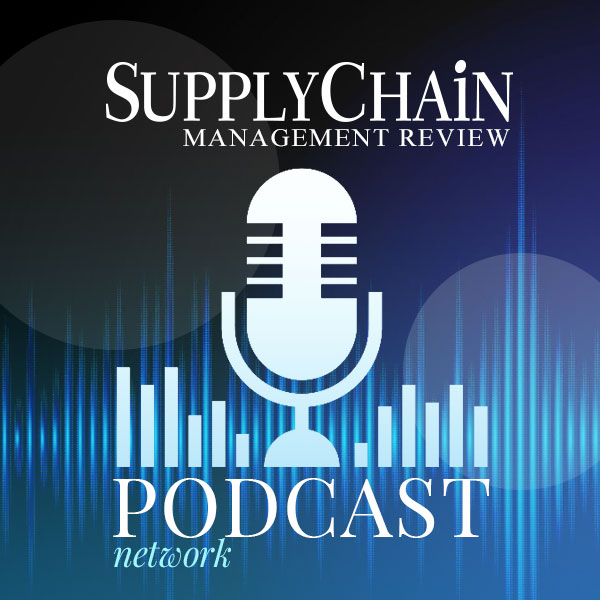How engaged are your workers? Many workers contribute 50% or even less of themselves when they come to work and that has direct impacts on productivity, safety, innovation, and organizational culture. Getting workers to increase engagement depends on each individual feeling connected with the organization, yet most approaches deal with worker engagement with broad, sometimes, company-wide, policies.
We had a Day of Understanding yesterday that focused on diversity and inclusion, and we had a supply chain session for our students with a couple of executives and a scholar who often appears in the media. What stood out what the importance of affinity or connection with workers. By “stood out”, I mean what affinity makes companies more productive, innovative, and competitive—and not just affinity with some workers, but inclusion of ALL workers.
It seems obvious that getting 80%, 90%, or more of your workers engaged at a higher level would result in better performance outcomes, yet many leaders are still trying to crack the code. Many companies work hard to have diverse workers on the payroll and to have diverse suppliers, yet true inclusion and true connection require more than just having persons in seats.
The biggest challenge to inclusion and worker engagement? It is hard to do. It takes more effort to sit down with a diverse group and listen to the different ideas, sort them, compromise, or develop different iterations, and generally come to a consensus. And this sense of effort diminishes how we perceive the benefits of inclusion, which in turn deters people from investing the effort.
Yet the evidence is overwhelming that inclusion out-performs the lower effort failure to be inclusive. Good leaders appreciate that a little extra effort that generates superior outcomes is the path to excellence.
Here are some tactics that might help:
- Affinity groups driven from the bottom up are a great way for leaders to show support for diverse groups. These could be affinity groups for women, veterans, LGBTQ, or any group that wants to work together on various initiatives. One example from an ethically diverse workplace (with equally diverse perspectives on how to work together) was a “World Food Day” where each culture got to share its food and various team events were hosted with teams put together from different ethnicities—the beginning of bridge-building and team-building that embraced values that mattered to each worker.
- “Management by walking around”, when done properly, keeps leaders in touch with the frontline issues and personalities. Leaders need a sense of what’s happening in their operations in order to make effective decisions—and this can be a tool to reassure more junior leaders that they’re on the right track, and to identify those junior leaders whose workers appreciate them for promotion potential. Most importantly, workers get a sense of who you are, the culture and ethics you support, and what sort of leaders they’re putting themselves on the line for every day.
- Regular training sessions don’t just keep skills sharp, they reinforce organizational culture and leadership philosophies. Additionally, training is a potential place for workers from different departments and functions to get to know each other and understand the organization as a whole. Most importantly, training shows that the organization is committed to worker value and development. Few things generate stronger loyalty than a strong training program.
- Empower your workers. Top organizations empower workers—not just Toyota, but just about every top company in its industry exercises some form of worker empowerment. Workers spend many hours at their job, they develop expertise and insights that top management cannot. Empower workers to be the experts in their area and to make suggestions for improvement. This imparts a sense of “what’s right matters more than who’s right”.
- Have a transparent promotion process. Everyone understands that there are only so many spots as you go up the ladder. Life gets a whole lot easier for workers and leaders if a clear leadership philosophy for promotions is shared and followed. The alternative is that the few people you run across get all the promotions and rewards, which corrodes morale and engagement.
Clearly, connecting and engaging workers requires more than just these five suggestions—these were simply inspired the most common issues I’ve observed recently. Labor is generally the #1 cost in supply chains, which means that the leaders who master engaging their workforces will create a far-reaching and difficult-to-imitate competitive advantage.
SC
MR


Latest Supply Chain News
- Despite American political environment, global geopolitical risks may be easing
- Joseph Esteves named CEO of SGS Maine Pointe
- Employees, employers hold divergent views on upskilling the workforce
- April manufacturing output slides after growing in March
- Q1 sees a solid finish with positive U.S.-bound import growth, notes S&P Global Market Intelligence
- More News
Latest Podcast

 Explore
Explore
The Academy News
- Employees, employers hold divergent views on upskilling the workforce
- MIT CTL offering humanitarian logistics course
- AI, virtual reality is bringing experiential learning into the modern age
- Predicting stockouts: Enhancing FMCG resilience through data-driven insights
- Finding the Right Approach for Supply Chain Education
- The Supply Chain Triad
- More The Academy
Latest Academy Resources

Subscribe

Supply Chain Management Review delivers the best industry content.

Editors’ Picks





